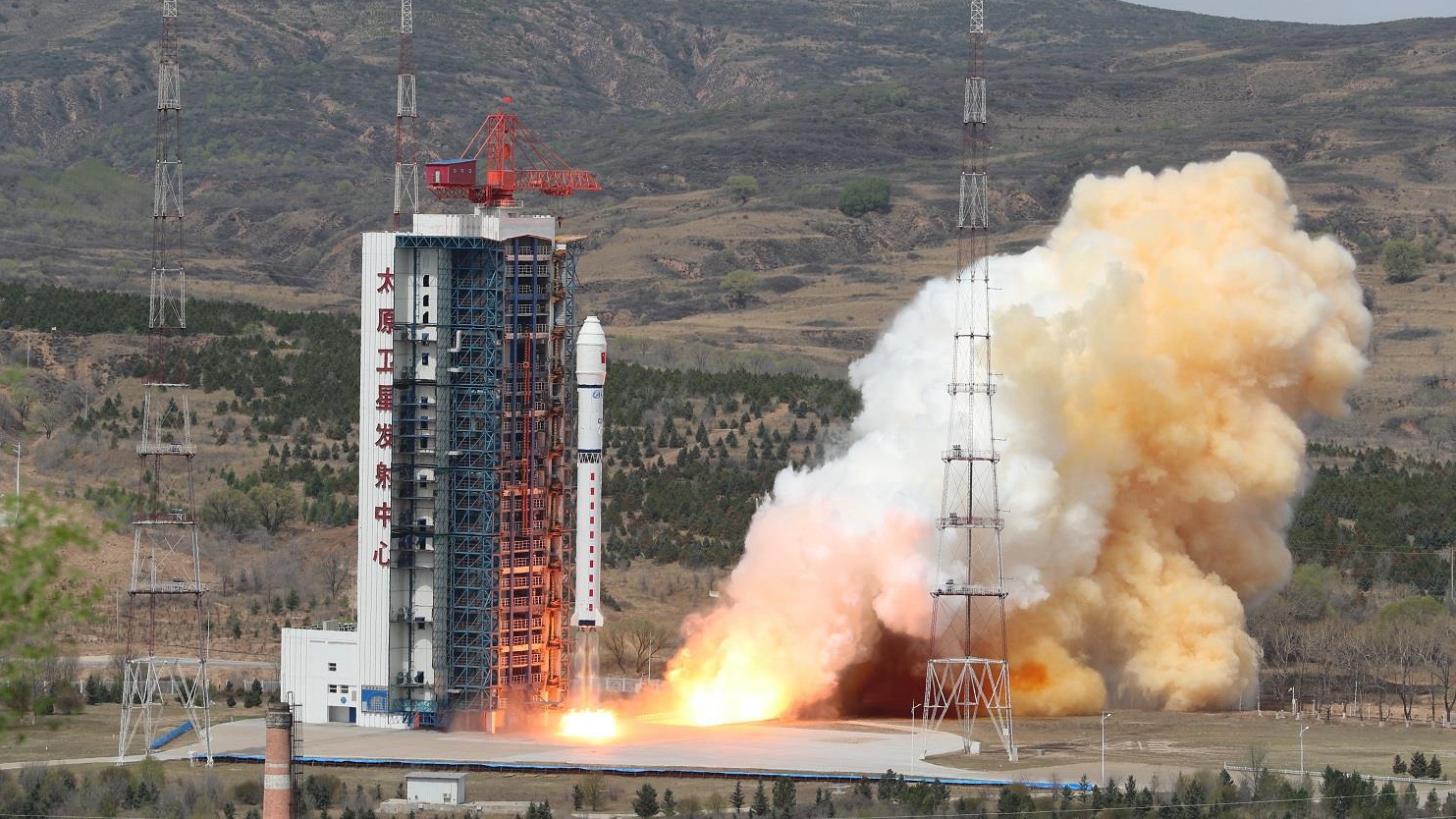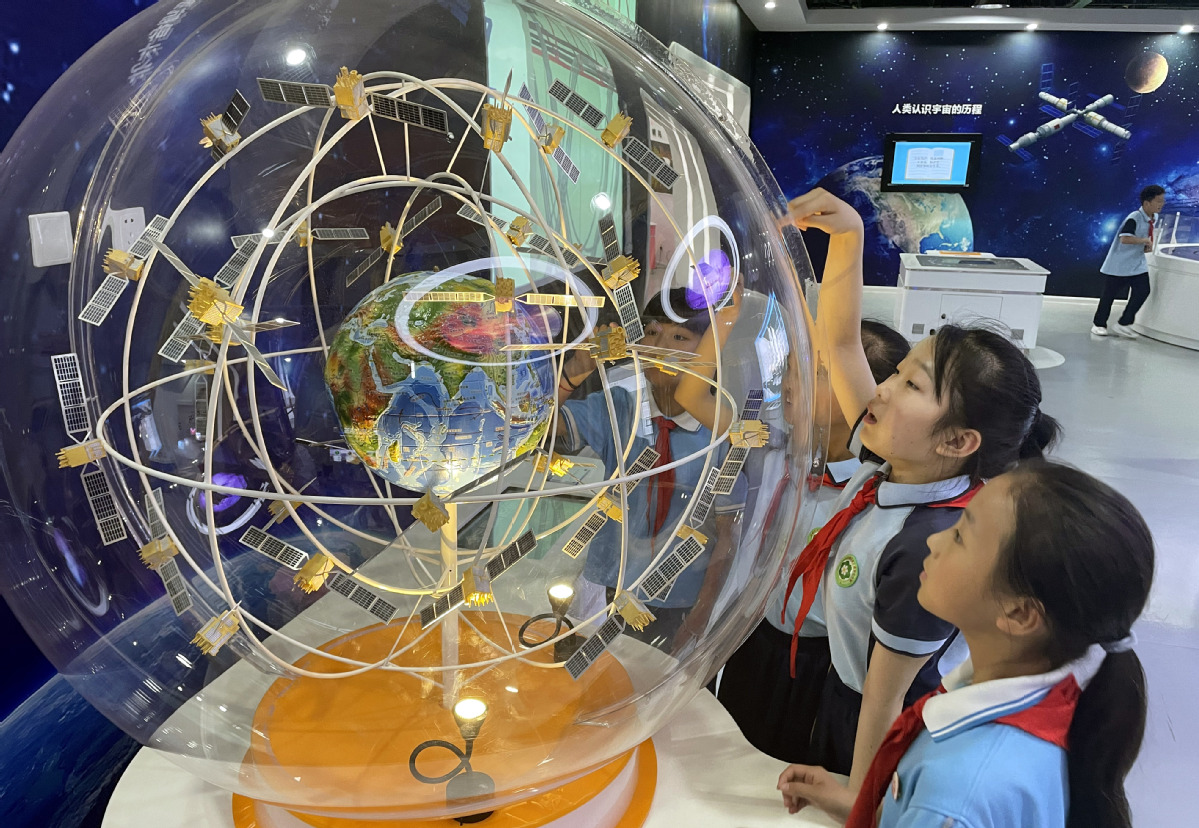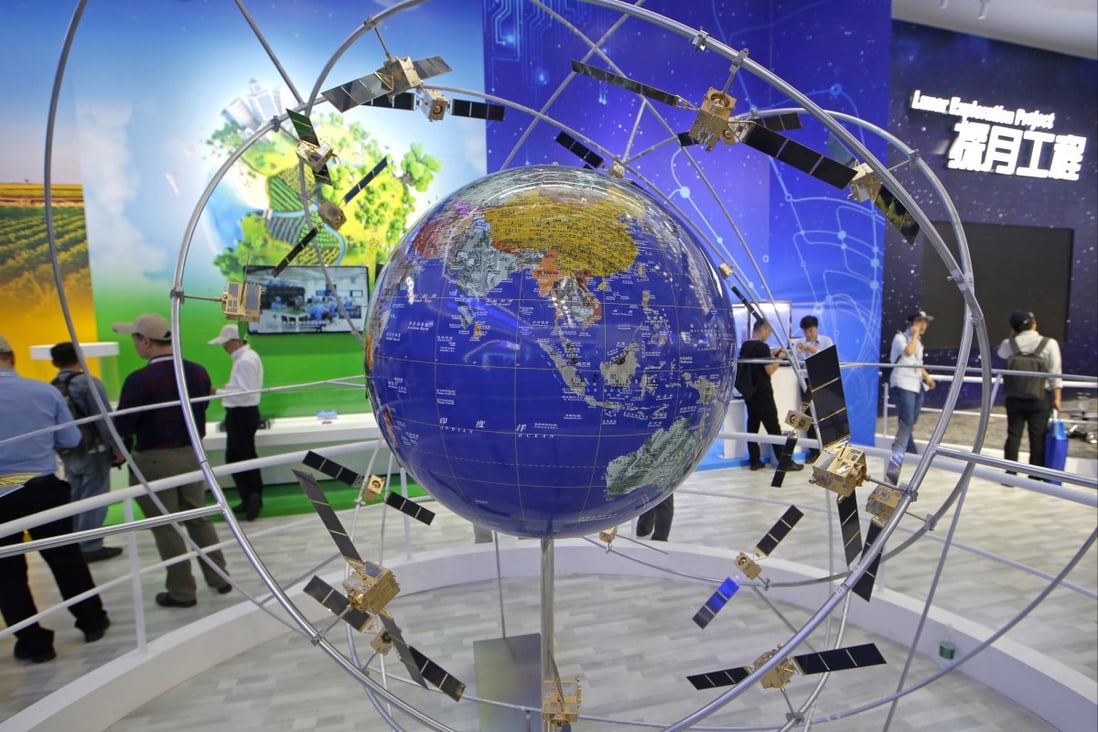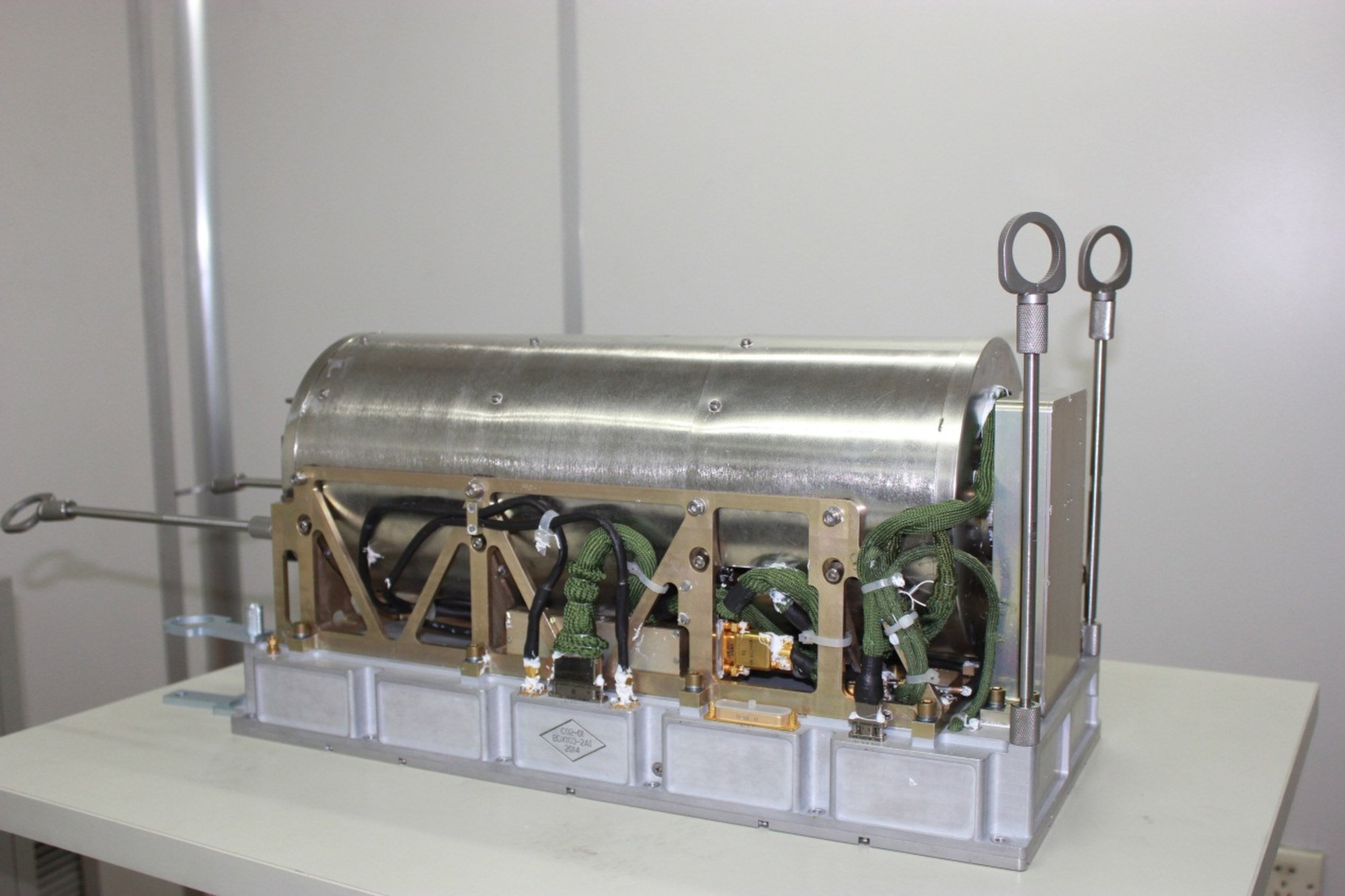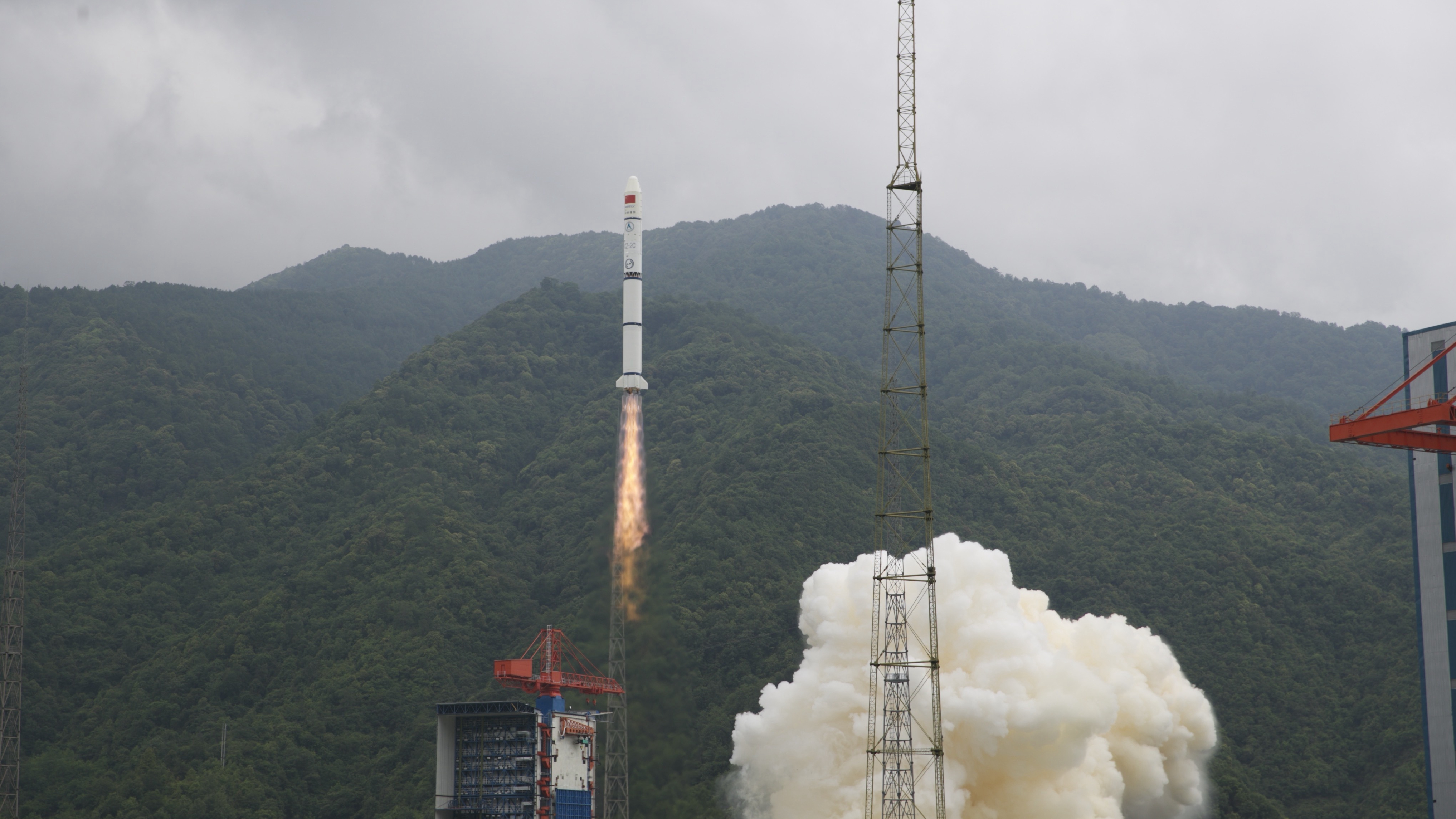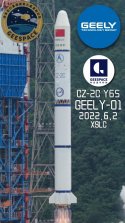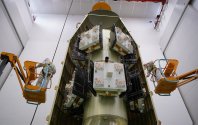China to empower BeiDou global services PNT system by 2035

A model of BDS positioning services on display. /CFP
China aims to develop a widely used, integrated and intelligent national comprehensive positioning, navigation and timing (PNT) system based on its self-developed BeiDou Navigation Satellite System (BDS) by 2035, said the China Satellite Navigation Office (CSNO).
Before then, the country will complete the construction of an advanced PNT system, with BDS serving global users with full coverage and highly reliable PNT services, the office said.
In recent years, China has been enhancing the global services of the BDS by continuously improving its service system and highlighting its technological advantages.
Share BDS tech with the world
On July 31, 2020, China officially commissioned the BDS, opening the new BDS-3 system to global users.
Since then, the satellite system has sought to provide quality services by continuously optimizing performance and expanding application modes stably.
Measured by the global continuous monitoring and evaluation system, the BDS-3 system offers advanced global PNT services, with the most outstanding performance seen in the Asia-Pacific region.
After 27 years of work, China completed construction of its first industrial system of the BeiDou Navigation Satellite System (BDS) on April 7, 2022, the National Development and Reform Commission (NDRC) said.
BDS, built and operated solely by China, provides all-time, all-weather and high-accuracy positioning, navigation and timing services to global users.
So far, the country has 45 BeiDou satellites in orbit, and the scale of its BDS industrial system had exceeded 400 billion yuan ($62.92 billion) by the end of the 13th Five-Year Plan period (2016-2020), according to the NDRC.
China is actively sharing BDS achievements with the world. BDS-related products, technologies and services have been applied in more than half of all countries worldwide, said the CSNO.
The BDS has been contributing to building a community with a shared future for humanity, noted the satellite navigation office.
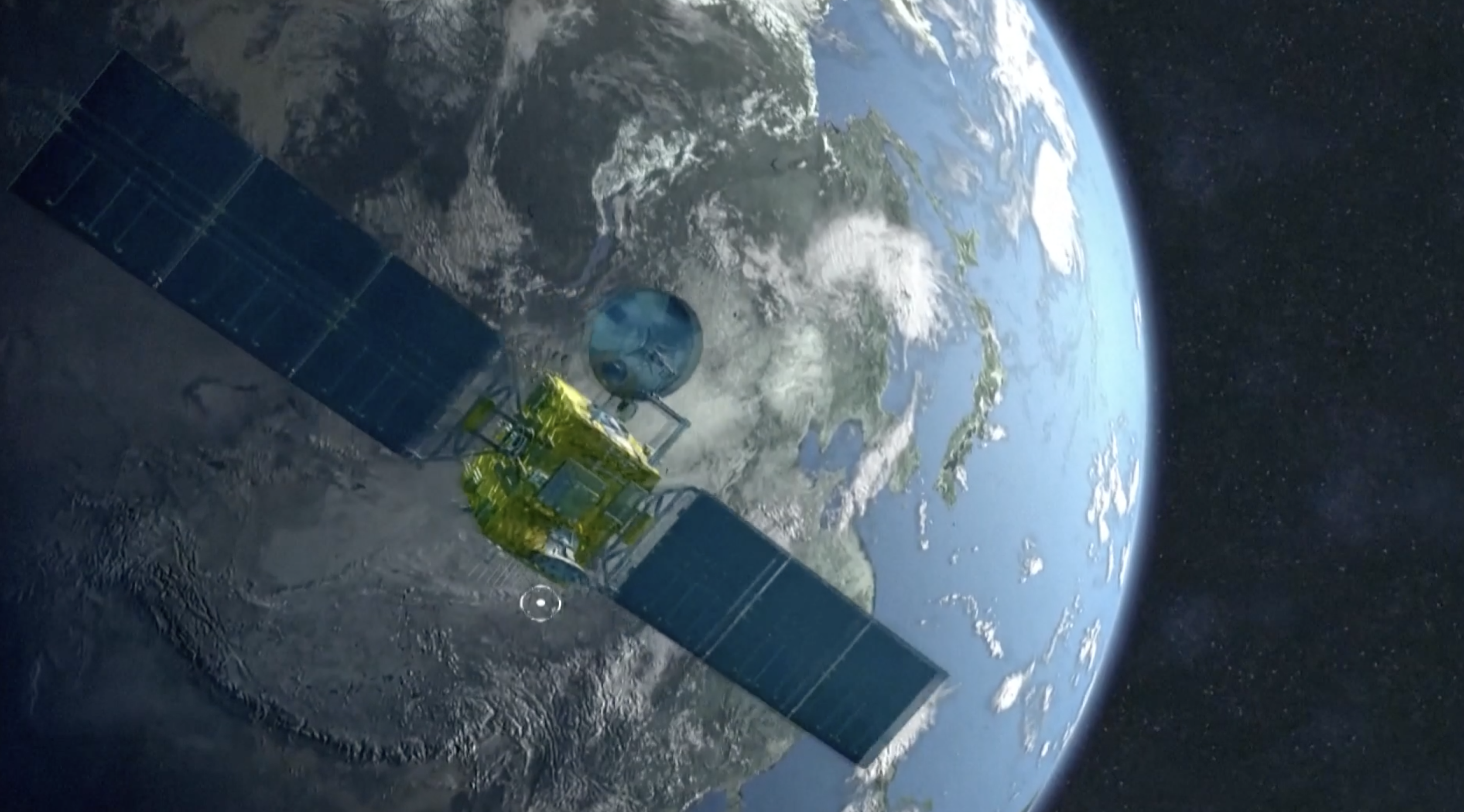
Future BDS global services
During the country's 14th Five-Year Plan period (2021-2025), China will endeavor to build the global services system of BDS, according to the NDRC.
The country will enhance the tech competitiveness of BDS, deeply integrate it with other national space infrastructures and ensure that its navigation services and support capabilities compete with advanced level peers globally, the NDRC said.
It will also strengthen the BDS global services support system by building diverse public service platforms for its application research, testing, certification and license issuance, among others.
In addition, the country will also give full play to the short messaging communication and other unique advantages of BDS by establishing a public emergency service platform with global coverage, aiming to provide high-quality services for global users and help with emergency rescue and distress alerts.

